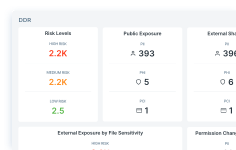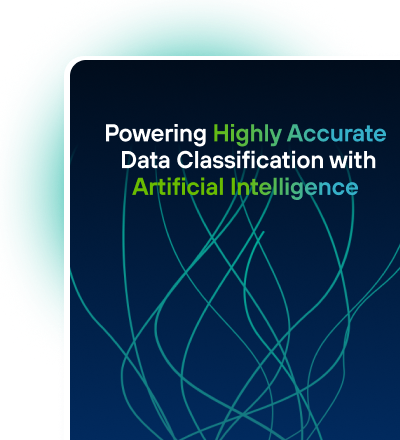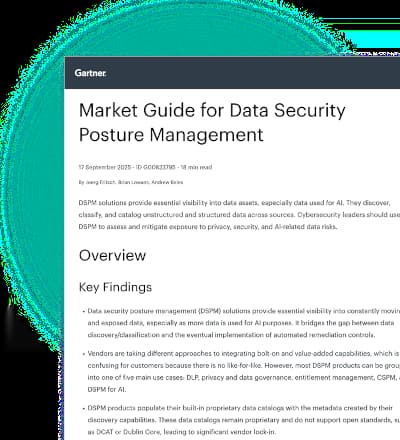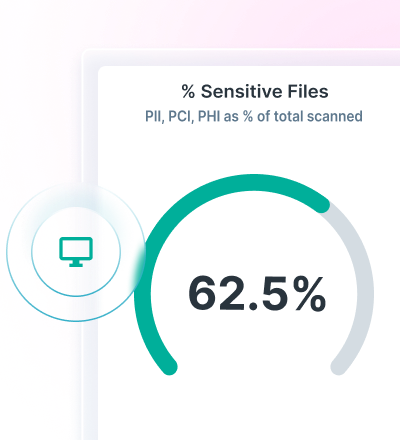Prevent Data Loss
Stop Breaches. Reduce Risk.
Simplify Security.
Gain Visibility
Discover sensitive data across SaaS, IaaS and PaaS
Classify structured and unstructured data accurately with AI Mesh framework
Uncover hidden risk and exposed files
Take Control
Secure cloud, web, email, network and endpoint with a single policy
Automatically adapt to risk in real-time based on user behavior
Continuously monitor, report insights and dynamically respond to incidents
174 records were compromised every second in 2024
A torrent of data threats and the increasing complexity of security infrastructure is preventing organizations from keeping their data safe.
Securing data across cloud, web, email, network and endpoint is perpetually exhausting
Safeguarding users without impacting their day-to-day routines grows more impossible with scale
Sifting through the barrage of alerts to find actionable incidents is painstakingly time consuming
Siloed point solutions create overlapping functionalities but gaps in reporting
See Data Risk and Stop Breaches with Forcepoint
Preventing data loss relies on your ability to see data risk quickly and react to it accordingly.
Stop Breaches with Complete Control
Configure and apply a single policy across all your critical egress channels, preventing data loss and leakage without adding complexity.
Automate Enforcement with Confidence
Dynamically adjust policies based on behavioral context to effectively stop data exfiltration without disrupting users' daily activity.
Simplify Reporting with Ease
Unified real-time reporting from a centralized dashboard provides true visibility into data risk, user behavior and security incidents.
Integrate Seamlessly with Everything
Forcepoint security solutions combine to protect the entire data security lifecycle, and natively connect with SaaS, PaaS, IaaS and other data sources.
Data Security Solutions
Analyst recommended.
User approved.
Forcepoint data security solutions are consistently ranked among the top in the industry by analysts and customers alike.

Forcepoint has been named a Leader in the IDC MarketScape: Worldwide DLP 2025 Vendor Assessment.

Forcepoint named the 2024 Global DLP Company of the Year for the second consecutive year by Frost & Sullivan.
Forcepoint recognized as a Strong Performer in the Forrester Wave™: Data Security Platforms, Q1 2025.
Our Customer Stories
Our Customer Stories





"Forcepoint DLP has been great in protecting our data. It continually monitors data where in use, at rest or in motion. Ability to protect data from both external and internal factors makes it great."
Read Full ReviewEverything You Need to Know
About Data Security
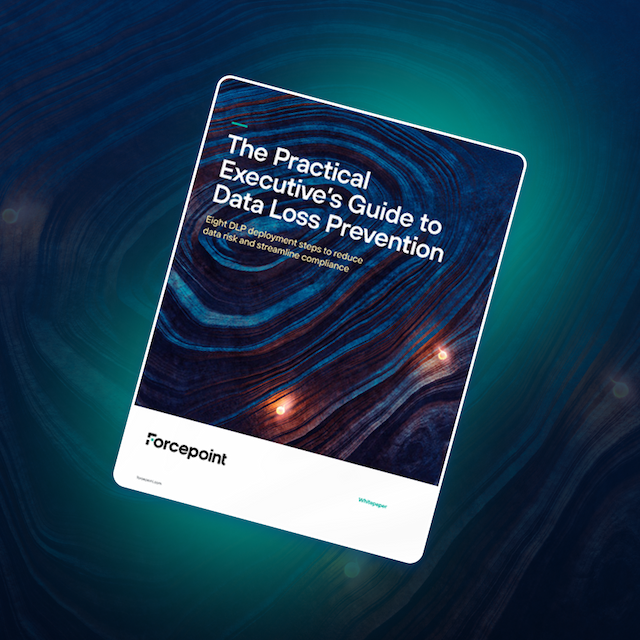
GUIDE
The Practical Executive’s Guide to Data Loss Prevention

REPORT
Gartner®: Security Leaders’ Guide to Data Security in the Age of GenAI

REPORT
IDC MarketScape: Worldwide DLP 2025 Vendor Assessment
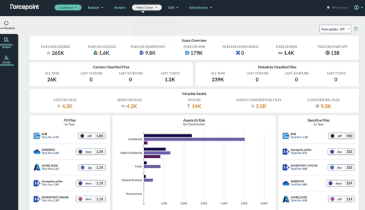
VIDEO
How to Identify Various Indicators of a Data Breach

